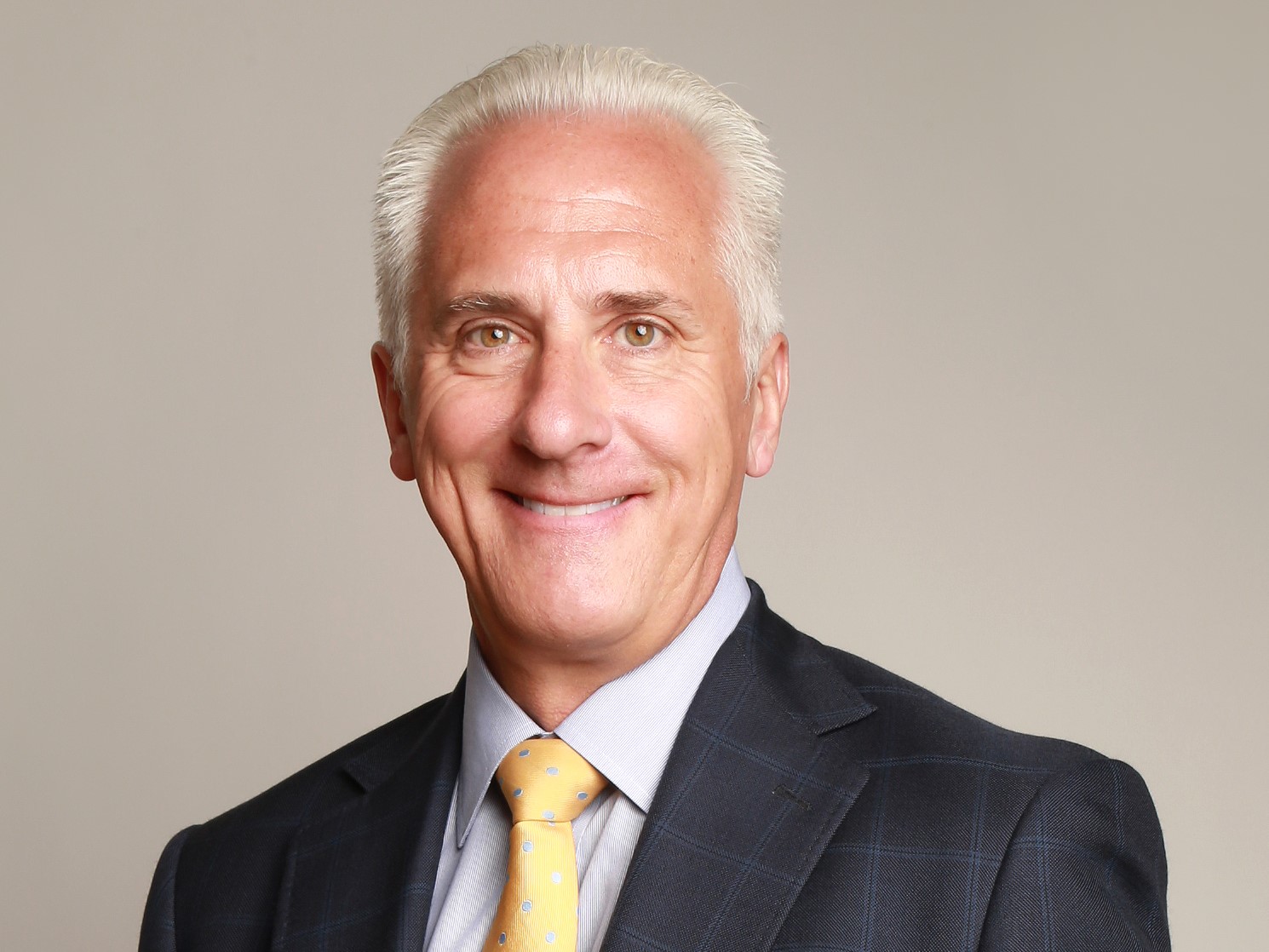Reputational Risk
How Disgruntled Employees Tarnish Your Social Media Branding and Reputation

Late last month, nearly a year after acquiring the New York Daily News, media company Tronc made the decision to drastically restructure the newspaper, reportedly paring down its scope to focus on breaking news.
In one fell swoop — or in this case, one fell email — Tronc cut the paper’s size by half, terminating the editor-in-chief and managing editor, most of the photography staff, much of the sports department, and numerous other journalists.
Among the terminated were the paper’s entire social media team … a fact that perhaps Tronc should have given some deeper thought to. Shortly following the restructuring email to staff, the Daily News Twitter feed went chaotic. In between scheduled Tweets, the feed was peppered with gifs and memes registering the staff’s shock and outrage.
The posts, if embarrassing for Tronc, were largely harmless, but were picked up by other national media outlets including Ad Age. The company’s seemingly mercenary act probably did little to earn Tronc any public goodwill.
But the nominal amount of damage was only due to the apparent restraint of the departing social media team. Far more vindictive individuals could have published more damaging information — from confidential internal emails to public swipes at company investors to the spread of fake news designed to expose the paper to liability or risk defamation accusations.
Some companies allow their social media team a level of autonomy that is necessary from a responsiveness perspective but is difficult to maintain control of. A sophisticated social media footprint can involve multiple plug-ins and automation services, all of which would need to be reset in the event of a staffing change.
Much in the way that a company might immediately lock a terminated employee’s email account or deactivate a building key card, access to company property such as social media accounts should be considered as part of the larger picture of employment actions.
The Daily News incident, said Nir Kossovsky, CEO of Steel City Re, is “a fundamental failure in proper human resources-related management of discharging employees.”
“Whether you’re laying off one person or half of your staff, what are your corporate policies regarding how layoffs are managed?” asked Elizabeth Carmichael, president of Carmichael Associates. Those policies should include how company-owned Twitter accounts or other social media accounts are regulated or closed.
Implement Moves Carefully
Protecting access to social media accounts aside, there’s little chance that Tronc could have avoided some form of backlash. Within a day or two, global news outlets were referring to the situation as the “Daily News Bloodbath.” The departing editor-in-chief tweeted from his personal account: “If you hate democracy and think local governments should operate unchecked and in the dark, then today is a good day for you.”
Meanwhile, New York’s Gov. Andrew Cuomo and Mayor Bill de Blasio took to Twitter as well, with de Blasio tweeting a message calling the layoffs a “greedy decision” and a “disaster for NYC” and Gov. Andrew Cuomo issuing a statement urging Tronc to reconsider.
Stirring up ire at that level could have longer-term consequences for Tronc, said Kossovsky, who writes on this very topic as a Risk & Insurance® Risk Insider. “A city like New York has a very strong regulatory structure. There is a reputational risk to Tronc within the New York environment in how the city may give breaks or not give breaks to the newspaper.
“In terms of reputational risk, companies need to look beyond customer reaction, which is where most people focus, and consider both the regulators and the activists that have the power to mobilize them.
“Oftentimes,” Kossovsky said, “you forget the importance of managing the regulators’ expectations — meaning anyone in a government position. Never underestimate the power of a governing body or a regulatory authority to have its expectations missed and react strongly using the full authority invested in it to challenge a company and its decisions.
“This has to be factored into the tactical management of these difficult strategic decisions.”
There’s no question that, in the age of social media, corporate moves that could raise hackles — no matter how valid — require a risk management perspective. Open lines of communication between human resources, public relations and risk management can ensure a more carefully managed execution of business moves, even unpopular ones.
“These are enterprise-level considerations,” said Kossovsky.
Engaging a crisis communications team is key, said Carmichael, especially in a high-profile situation like the one faced by the Daily News. Employment actions, obviously, and not unexpected events: “It’s not like they woke up on Monday morning and said ‘oh gosh we’ve got to lay off half of our people,’ ” she said.
The outcome might have been more favorable had the crisis team made a public announcement a minute before the staff was given notice. That, she said, would have allowed the company to get out in front of the situation.
“A lot of companies don’t have a crisis communication plan in place,” said Carmichael. “That’s your first line of defense. Engage a crisis communications team, in the most confidential of ways, to talk about what’s going to happen. Work with that entity to figure out what could go wrong and how do we get ahead of it. How do we tell our story first, and loudest … how do we control the message versus forcing us to be reactive.” &










